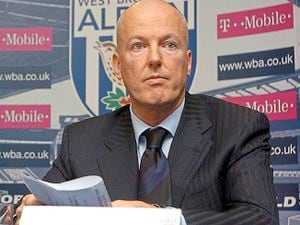Myth of Cannock statue's oh sower painful encounter with Sir Mick Jagger
Come on people of Cannock, when are you going to apologise to Sir Mick Jagger?
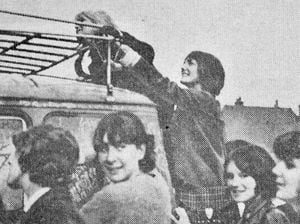
You know what you have done – that calumny, that false report, that foul rumour, that urban myth concerning The Sower statue outside the town's library.
The details are somewhat delicate, but if you have seen that telly ad by a spectacles company featuring a short-sighted nightwatchman in an art gallery, you'll be on the right lines.
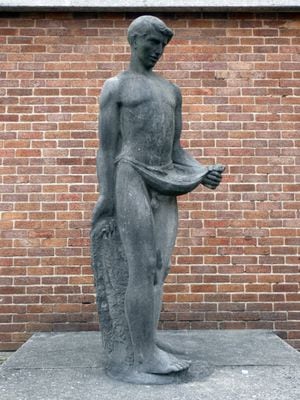
The incident is alleged to have happened when the Rolling Stones rolled into town on May 27, 1964. The band, who had gained a reputation as the bad boys of pop, were playing at the Danilo Theatre.
"There is an urban myth that Mick Jagger damaged a delicate part of the anatomy of The Sower statue outside the library opposite. The exact details have stumped people for decades," says Cannock historian Richard Pursehouse.
"There is evidence, in that the tip is damaged. Whether that is good evidence, I don't know.
"The Stones were paid £42 for the two gigs. An advert priced the tickets from 4s 6d (22p today) and 10 shillings and 6d (52p today)."
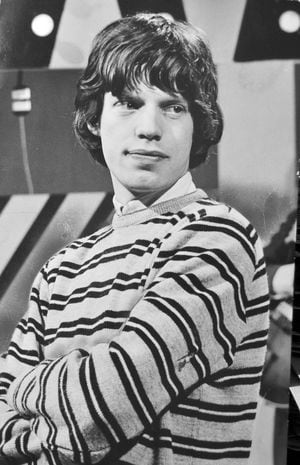
Just in case Sir Mick is inclined to seek legal satisfaction, let us say that we don't believe for a moment that he would have done such a thing to the statue, which is made of Belgian granite and was sculpted by John Poole, for whom it was his first major commission.
It depicts a nude male figure who is sowing seeds, symbolic of the sowing of knowledge to those visiting the library, for which the statue was created.
The library had opened in 1957. The Sower, which was installed without ceremony in April 1959, was not without controversy, both for revealing rather more than had been anticipated and being somewhat well favoured into the bargain, and also because local miners thought a statue of a miner (wearing clothes) would be more appropriate.
It was an artistic triumph though, leading to Poole gaining associate membership of the Royal Society of British Sculptors.
His most notable work was a 1,500 sq ft mural at the Rotunda in Birmingham, which has been listed as being of historic or architectural interest. Dating from 1963, it formed a backdrop to what was then the Lloyds Banking Hall.
Another version of the story of the Stones' 1964 visit is that the band posed by the statue making lewd gestures.
What is beyond doubt is that at some point in its 62-year life The Sower was belittled.
If Sir Mick had anything to do with it, it escaped the notice of our reviewer on the night.
"It was all pretty uneventful. The Rolling Stones weren't even refused a meal," he wrote – obviously this must have happened to the Stones at some other venue during their tour.
"Oh, they're very good up here," Mike (sic) Jagger told our reviewer.
"We never have any trouble getting a meal in the Midlands."
Girls gathered under the dressing room window at the Danilo calling out for Mick & Co to make an appearance, and some scrawled their heroes' names in lipstick on the band's parked van.
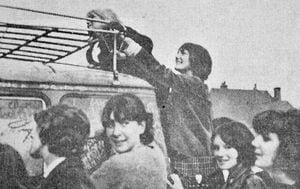
As was the way those days, there were a whole host of acts on the bill, of whom Peter and Gordon were "uninspiring," The Overlanders were "spirited" and Julie Grant was "a most underrated singer."
"But the highlight of the show for me was the great performance of the Barron Knights, featuring Duke D'Mond," wrote our man, Paul Hill.
Duke was virtually on home territory, as he once lived at Halfpenny Green.
As for the "long haired" Rolling Stones, Paul wrote: "Their reception at the Danilo was adequate, but not as extreme as one would have thought, judging by some reports of their one-night stand tour."
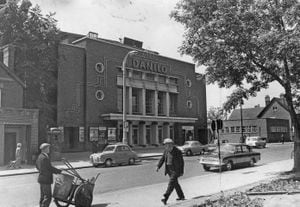
Richard and fellow researcher Ben Cunliffe have also done some digging about the Stones' other local concerts, including two nights in May 1976 at the County Showground, Bingley Hall, Stafford, with tickets priced at £3.
Richard said: "Some of the band stayed at nearby Tillington Hall. The support was from The Meters. Mick Jagger travelled to the concert with local royal photographer Lord Patrick Lichfield in his private helicopter via his nearby family seat of Shugborough Hall."
Three of the group had stayed at Shugborough – Mick Jagger, Charlie Watts and Keith Richards.
There was a dramatic sequel to the Stafford gigs for Stones guitarist Richards. Heading back to London afterwards he crashed in his Bentley on the M1 and was arrested. He was unhurt.





